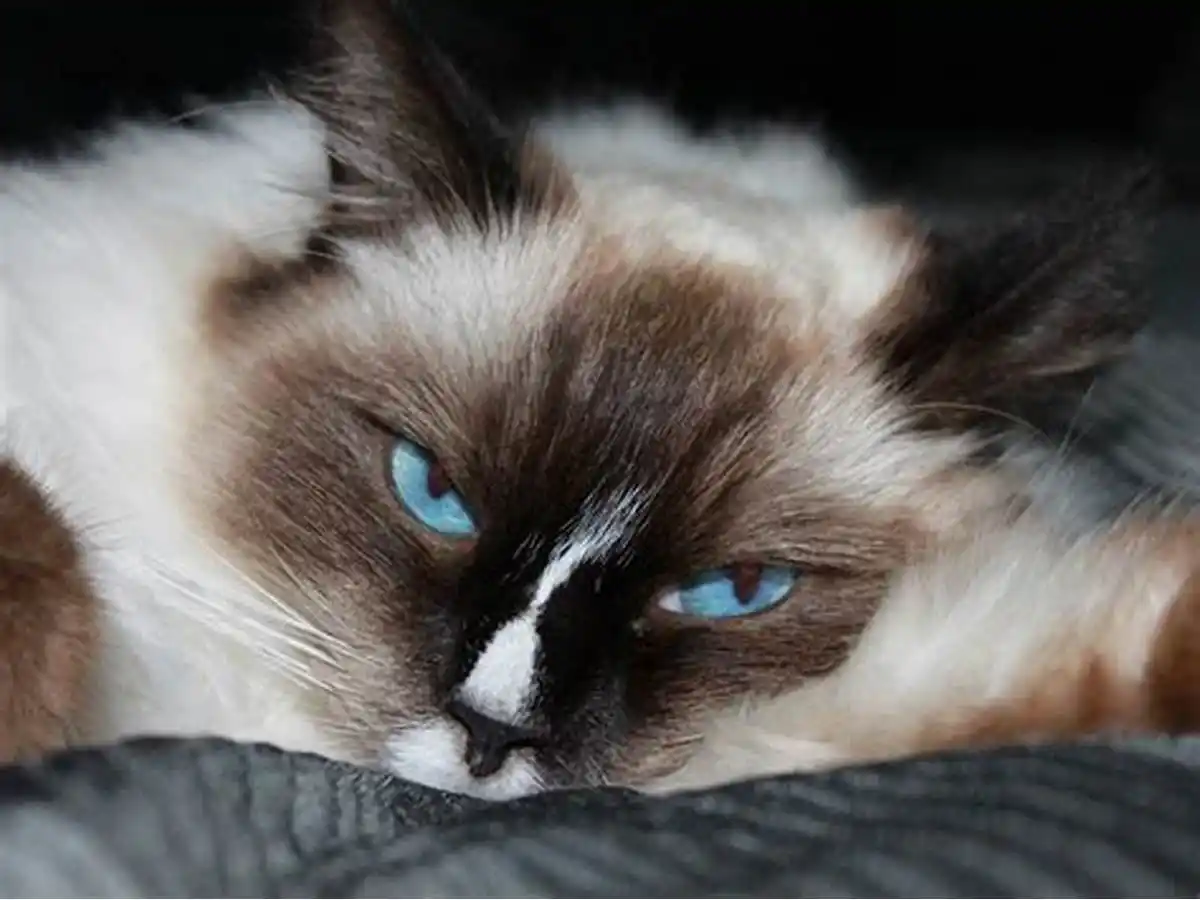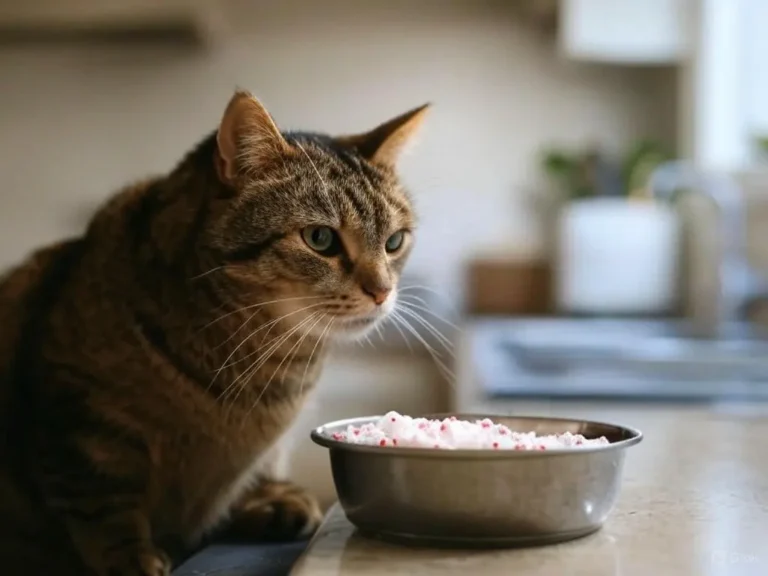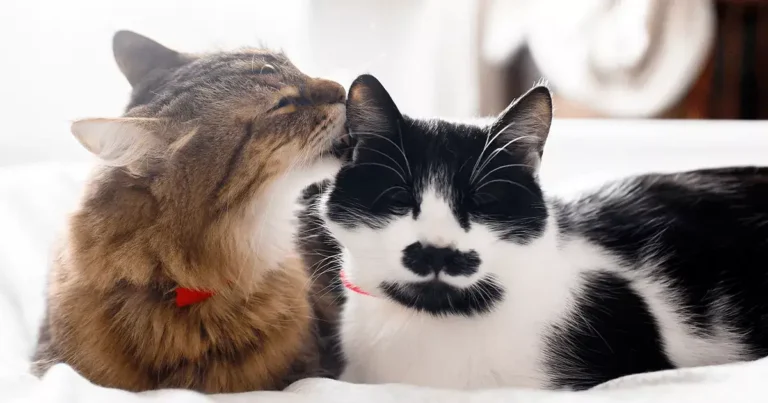
Ever dreamed of a cat who greets you at the door, flops into your arms for cuddles, and follows you around like a loyal pup? Meet the Ragdoll—a breed that’s stolen hearts worldwide with their striking blue eyes, silky coats, and downright lovable personalities.
I’ll admit, my first encounter with a Ragdoll left me smitten—they’re basically living teddy bears! But here’s the thing: Ragdoll cat care isn’t just about snuggles.
It’s about meeting their unique needs to keep them thriving. Whether you’re a first-time cat parent or a seasoned pro, this guide has everything you need to make your Ragdoll’s life (and yours) pure Purr-Fection.
Understanding the Ragdoll Cat Breed
History and Origin
Ragdolls got their start in the 1960s thanks to a California breeder named Ann Baker. She crossed a white Persian with a Birman-like cat, and voilà—the Ragdoll was born. Their name? It comes from their adorable habit of going limp when you pick them up, like a rag doll in your arms. Pretty cute, right?
Unique Personality Traits
These cats are often dubbed “puppy cats” for a reason. My friend’s Ragdoll, Luna, trails her everywhere—even to the bathroom! They’re sociable, gentle, and usually get along with kids, dogs, and other pets. If you want a cat who’s more companion than aloof mystery, Ragdolls are your match.
Preparing Your Home for Ragdoll Cat Care
Safe and Cozy Spaces
Ragdolls love comfort—think plush beds, cozy nooks, and sunny window perches. I set up a cat tree for my Ragdoll, Max, and he spends hours gazing outside like he owns the neighborhood. Give them spots to climb and snooze, and they’ll thank you with purrs.
Essential Cat Gear
Stock up on the basics: sturdy food and water bowls, a scratching post (save your couch!), interactive toys, and a carrier for vet visits. Pro tip: Ragdolls are big, so skip the tiny stuff—go for gear that fits their fluffy frames.
Diet and Nutrition: Feeding Your Ragdoll Right
Best Foods for Ragdoll Cat Care
Ragdolls need a protein-packed diet to stay healthy. Look for high-quality wet or dry food with real meat (like chicken or fish) as the first ingredient. I switched Max to a mix of wet and dry food, and his coat’s never been shinier!
Feeding Schedule and Portion Sizes
Aim for 2–3 small meals a day to keep their weight in check—Ragdolls can get chubby if you’re not careful. Check the food label for portion sizes based on their age and size, and don’t cave to those pleading blue eyes for extra treats (I’ve been there!).
Ragdoll Grooming Needs and Tips

Coat Care and Brushing Techniques
Their plush coats are a dream—soft, silky, and surprisingly low-maintenance. Brush your Ragdoll 2–3 times a week to cut down on shedding and hairballs. I use a slicker brush on Max, and he thinks it’s a spa day.
Nail Trimming and Dental Hygiene
Trim their nails every few weeks—Ragdolls aren’t big scratchers, but it keeps things tidy. And don’t skip dental care! Brush their teeth with cat-safe toothpaste to dodge pricey vet bills later. Max hates it, but a treat afterward works wonders.
Exercise and Playtime: Keeping Your Ragdoll Active
Fun Ways to Stay Fit
Ragdolls aren’t lazy, but they won’t run marathons either. Daily playtime with feather wands or toy mice keeps them moving. Max goes wild for a laser pointer—it’s our evening ritual!
Favorite Toys and Activities
Puzzle feeders, climbing towers, and crinkly balls are Ragdoll favorites. Mix it up to keep their curious minds engaged—boredom’s not their style.
Socialization and Training Your Ragdoll
Teaching Basic Commands
Believe it or not, Ragdolls can learn tricks! With treats and praise, I taught Max to sit and fetch a little ball. It’s not just fun—it strengthens your bond.
Handling Separation Anxiety
These cats crave company. If you’re gone all day, they might get lonely. When I’m at work, Max has a buddy (my tabby, Sophie) and some puzzle toys to keep him happy. No second cat? Leave a radio on low—it’s a game-changer.
Health and Wellness in Ragdoll Cat Care
Common Health Issues
Ragdolls are sturdy, but watch out for hypertrophic cardiomyopathy (HCM)—a heart condition affecting 1 in 3 of them—and bladder stones. Early signs like lethargy or trouble peeing mean a vet trip ASAP. I lost sleep worrying about Max’s heart, but regular check-ups keep us on track.
Routine Vet Visits and Vaccinations
Book an annual vet visit for exams and shots—rabies, FVRCP, the works. It’s the best way to catch issues early and keep your Ragdoll purring for years (they can live 12–15 years or more!).
Litter Box Maintenance Made Easy
Choosing the Right Litter Box
Ragdolls are big—get a spacious, open box they can stretch out in. I use clumping litter with Max; it’s a breeze to scoop.
Cleaning Tips for Odor Control
Scoop daily (trust me, your nose will thank you) and deep-clean the box weekly with mild soap. A sprinkle of baking soda under the litter helps, too.
Creating a Safe Environment for Your Ragdoll
Houseplants and Toxins
Lilies, poinsettias—tons of plants are toxic to cats. I swapped mine for cat grass and spider plants after Max nibbled a leaf. Better safe than sorry!
Child and Pet Interactions
Ragdolls are gentle, but kids need to learn “soft hands.” Supervise play with other pets, too—Max and Sophie had a rocky start, but now they’re besties.
Conclusion
Caring for a Ragdoll cat is a joyride of cuddles, purrs, and those soulful blue-eyed stares. By giving them the right food, playtime, and TLC, you’re setting the stage for a happy, healthy life together.
Got a Ragdoll story? Drop it in the comments—I’d love to hear how your fluffy friend brightens your days!
FAQs: Your Ragdoll Questions Answered
- Are Ragdolls good for first-time cat owners?
Absolutely! Their chill, friendly vibe makes them perfect for beginners. - How long do Ragdoll cats live?
With great care, 12–15 years—some even hit 20! - Do Ragdolls get lonely?
Yep, they’re social butterflies. A buddy or toys help if you’re out a lot. - Are Ragdolls hypoallergenic?
Nope, but less dander might mean fewer sneezes for allergy folks. - Can Ragdolls go outside?
They’re not street-smart—keep them indoors or supervised in a catio. - How much does a Ragdoll cat cost?
Expect $1,500 – $3,500 from a breeder, depending on pedigree and location.





